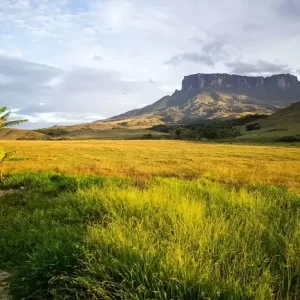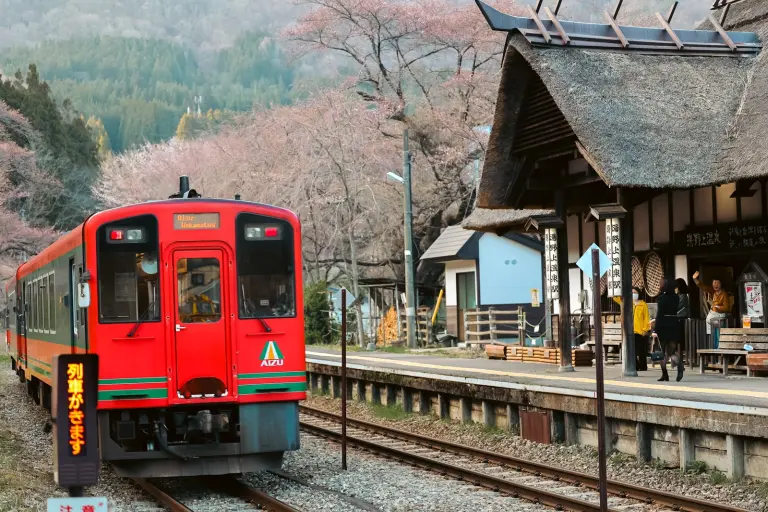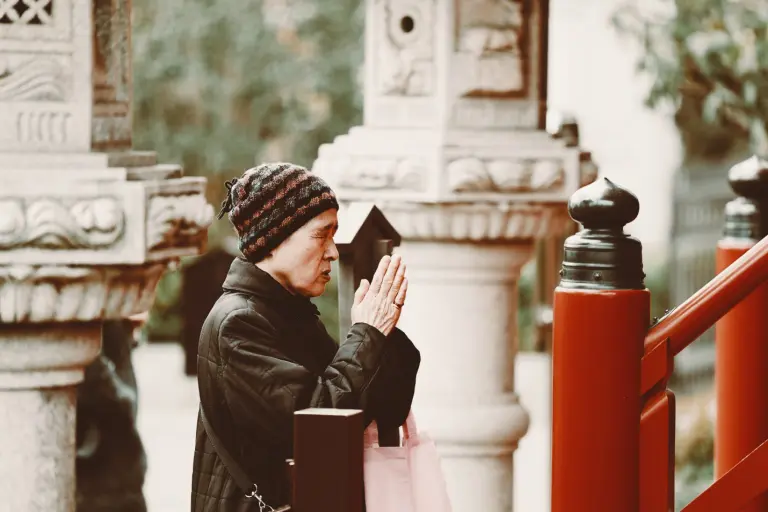Mount Jomolhari is one of the most famous tourist destinations in Bhutan, attracting travelers with its towering snow-capped peaks, spiritual significance, and thrilling trekking routes. Known as the “Bride of Kangchenjunga,” this sacred mountain stands as both a natural wonder and a cultural treasure of the Himalayas. Whether you seek adventure, breathtaking landscapes, or a glimpse into Bhutan’s deep-rooted Buddhist traditions, Jomolhari offers an unforgettable journey into the heart of the kingdom’s highlands.
The Splendor of Mount Jomolhari
Also spelled “Jhomolhari,” this towering peak is the second-highest mountain in Bhutan, marking the western border with Tibet. Due to its extreme technical challenges, fierce winds, and difficult accessibility, Jomolhari has only seen a handful of successful ascents. Until 1996, mountaineering was strictly prohibited in Bhutan, and even today, permits on the Tibetan side are nearly impossible to obtain because of heavy military presence.
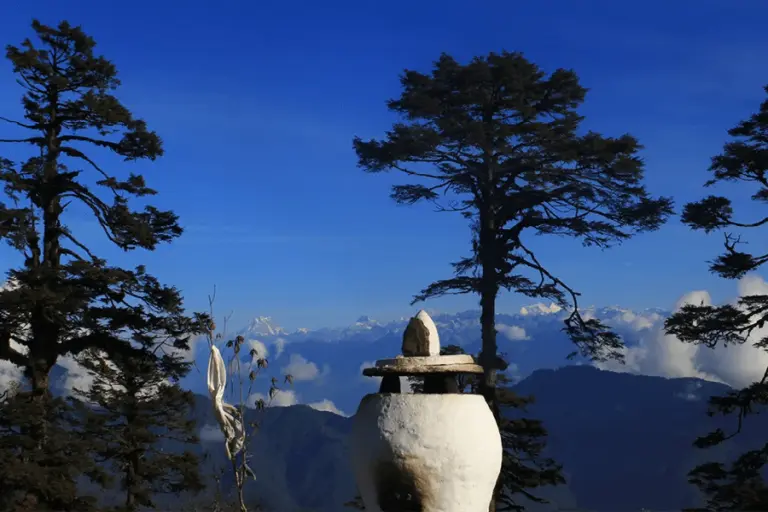
One of Bhutan’s most popular trekking experiences is the Chomolhari Base Camp Trek. Each year, thousands of trekkers hike to Jangothang—often called the “Land of Ruins”—where they are rewarded with jaw-dropping views of Jomolhari and its surrounding Himalayan peaks.
>> Traveling to Bhutan: What you need to know
Religious Significance
According to Buddhist beliefs, Jomolhari is considered the seat or manifestation of Tseringma, the goddess of long life. The mountain holds deep spiritual meaning for Tibetan Buddhists, who make annual pilgrimages from Phari Dzong to the sacred Chomo Lharang Lake, located just north of the peak. Nearby stands Jichu Drake (6,794 m), another sacred and striking mountain.

Jomolhari Mountain Festival
The Jomolhari Mountain Festival is a two-day cultural event held at the foot of this majestic peak. It celebrates the traditions of the highland communities who live in harmony with the pristine environment surrounding them. The festival highlights the unique biodiversity of the region, particularly the elusive snow leopard, which thrives in these mountains. Camera trap studies have confirmed that this area is one of the best snow leopard habitats in Bhutan, adding an extra layer of wonder to the festival.
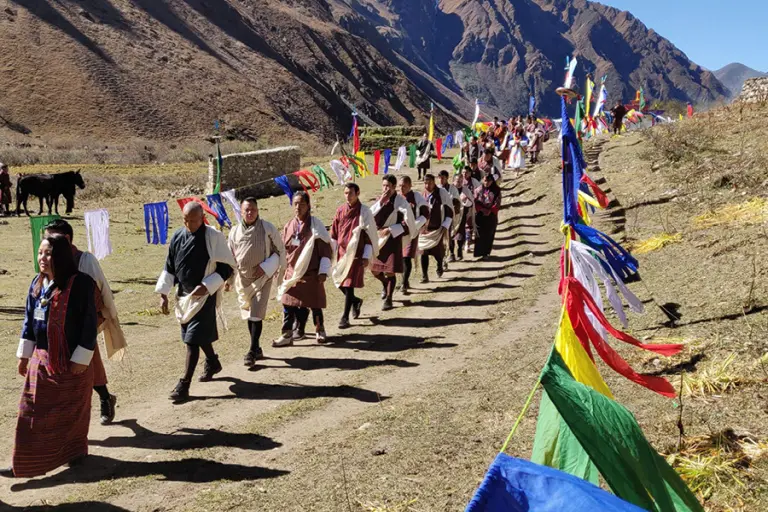
>> What to know before visiting Bhutan – Dos & Don’ts
Trekking and Camping Experience
At 7,326 meters, Mount Jomolhari offers one of the most iconic trekking adventures in Bhutan. The Jomolhari Trek is renowned for its diversity of landscapes, taking travelers through dense pine forests, charming rural villages, and vibrant Himalayan meadows filled with wildflowers. The journey eventually leads to Jangothang Base Camp—one of the most beautiful camping sites in the Himalayas—with awe-inspiring views of snow-capped peaks like Jomolhari and Jichu Drake.

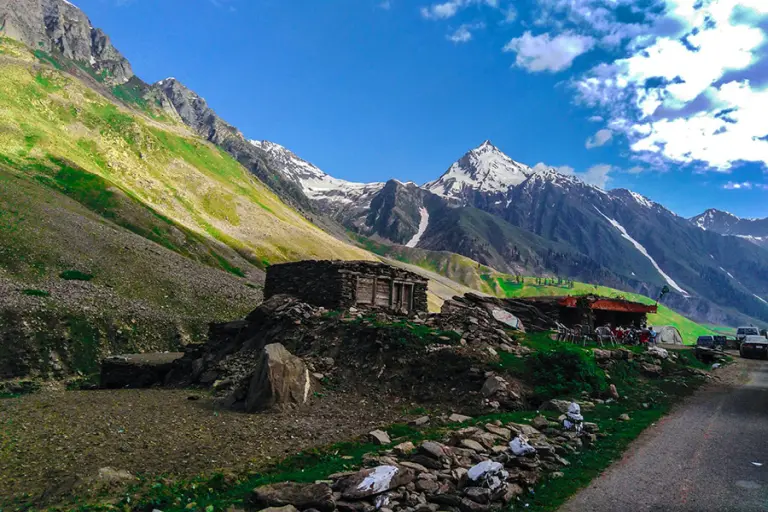

Reaching altitudes above 4,000 meters, the trek requires good physical fitness and adaptability to high-altitude conditions. While it’s not a challenge for the faint-hearted, the rewards are immense: crisp mountain air, unspoiled nature, and panoramic vistas that leave trekkers in complete awe. The effort is always worth the experience.
>> Signature Dishes of Bhutanese Cuisine
FAQ
What is Mount Jomolhari?
Mount Jomolhari, often called the “Bride of Kangchenjunga,” is one of Bhutan’s most majestic and sacred mountains, standing at 7,326 meters (24,035 feet) on the Bhutan–Tibet border. It is revered not just for its sheer beauty but also for its spiritual significance in Himalayan Buddhism. Local Bhutanese believe the mountain is the abode of a goddess, protector of the people and the land.
Why is Mount Jomolhari famous?
It is famous for its stunning pyramid-like shape, visible from great distances, and for being one of Bhutan’s most sacred mountains. Climbers and trekkers are drawn to its grandeur, while pilgrims respect it as a spiritual sanctuary. Mount Jomolhari is also the highlight of the legendary Jomolhari Trek, one of Bhutan’s most rewarding trekking routes.
Where is Mount Jomolhari located?
The mountain lies on the northwestern border of Bhutan and Tibet, near the remote village of Jangothang. Trekkers can reach its base camp after several days of trekking from Paro Valley, which makes it both an adventure and a pilgrimage for many.
What is the best time to visit Mount Jomolhari?
- Spring (March–May): Clear skies, blooming rhododendrons, and ideal trekking conditions.
- Autumn (September–November): Crisp air, panoramic mountain views, and pleasant weather.
These two seasons are considered the prime trekking windows for those aiming to experience the Jomolhari Base Camp trek.
Can you climb Mount Jomolhari?
No. Out of respect for Bhutanese spiritual beliefs, climbing Mount Jomolhari is strictly prohibited. The Bhutanese government bans mountaineering on sacred peaks to honor their role in local mythology and Buddhist traditions. Travelers can, however, trek to the base camp and enjoy breathtaking views of the mountain.
What is the Jomolhari Trek?
The Jomolhari Trek is one of Bhutan’s most iconic trekking routes, lasting 7–12 days, depending on the chosen trail. It leads adventurers through alpine meadows, glacial rivers, yak-herding settlements, and remote monasteries, culminating at Jangothang Base Camp with spectacular views of Mount Jomolhari.
What wildlife can be seen around Mount Jomolhari?
The region is rich in biodiversity and part of Jigme Dorji National Park. Trekkers may encounter:
- Blue sheep grazing on high slopes
- Marmots peeking from burrows
- Rare species like the snow leopard (if extremely lucky)
- Numerous Himalayan birds, including lammergeiers and blood pheasants
Why is Mount Jomolhari considered sacred?
According to Bhutanese legends, Mount Jomolhari is home to a female mountain deity who protects the local people and their way of life. It has long been a site of pilgrimage, with monasteries and sacred sites nearby, such as Jangothang Lhakhang (temple), where monks and locals pay homage to the goddess.
How difficult is the Jomolhari Trek?
It is considered a moderately challenging trek, suitable for experienced hikers. Trails often cross high mountain passes (up to 4,900 meters), demanding good physical fitness and acclimatization. The rewards, however, are immense—unspoiled landscapes, authentic Bhutanese culture, and up-close views of the sacred peak.
Why should I visit Mount Jomolhari?
Mount Jomolhari is not just a mountain—it is an experience of both nature and spirituality. Trekking to its base camp offers:
- Jaw-dropping Himalayan vistas
- Encounters with Bhutan’s nomadic yak-herding culture
- A rare glimpse into Bhutan’s deep respect for the sacredness of nature
- A chance to disconnect from modern life and walk in the footsteps of pilgrims
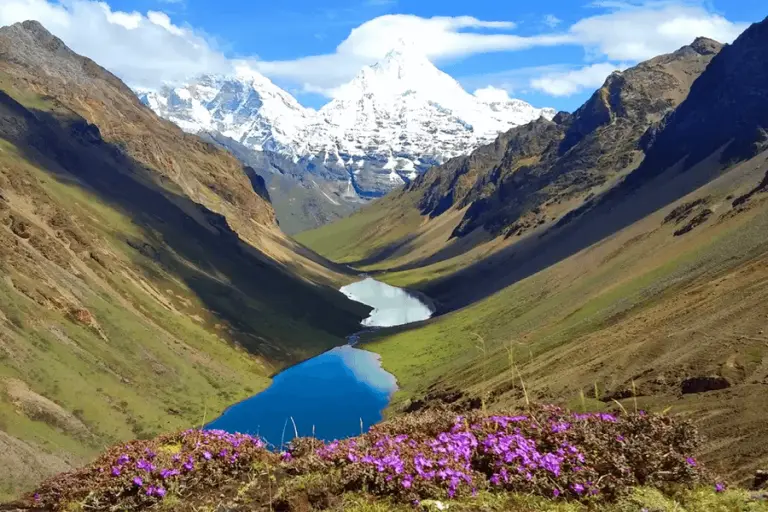
To many travelers, standing at the base of Mount Jomolhari feels like standing before a cathedral of nature, where spirituality and wilderness merge seamlessly.
>> Unique cultural traits of the land of the Thunder Dragon, Bhutan



